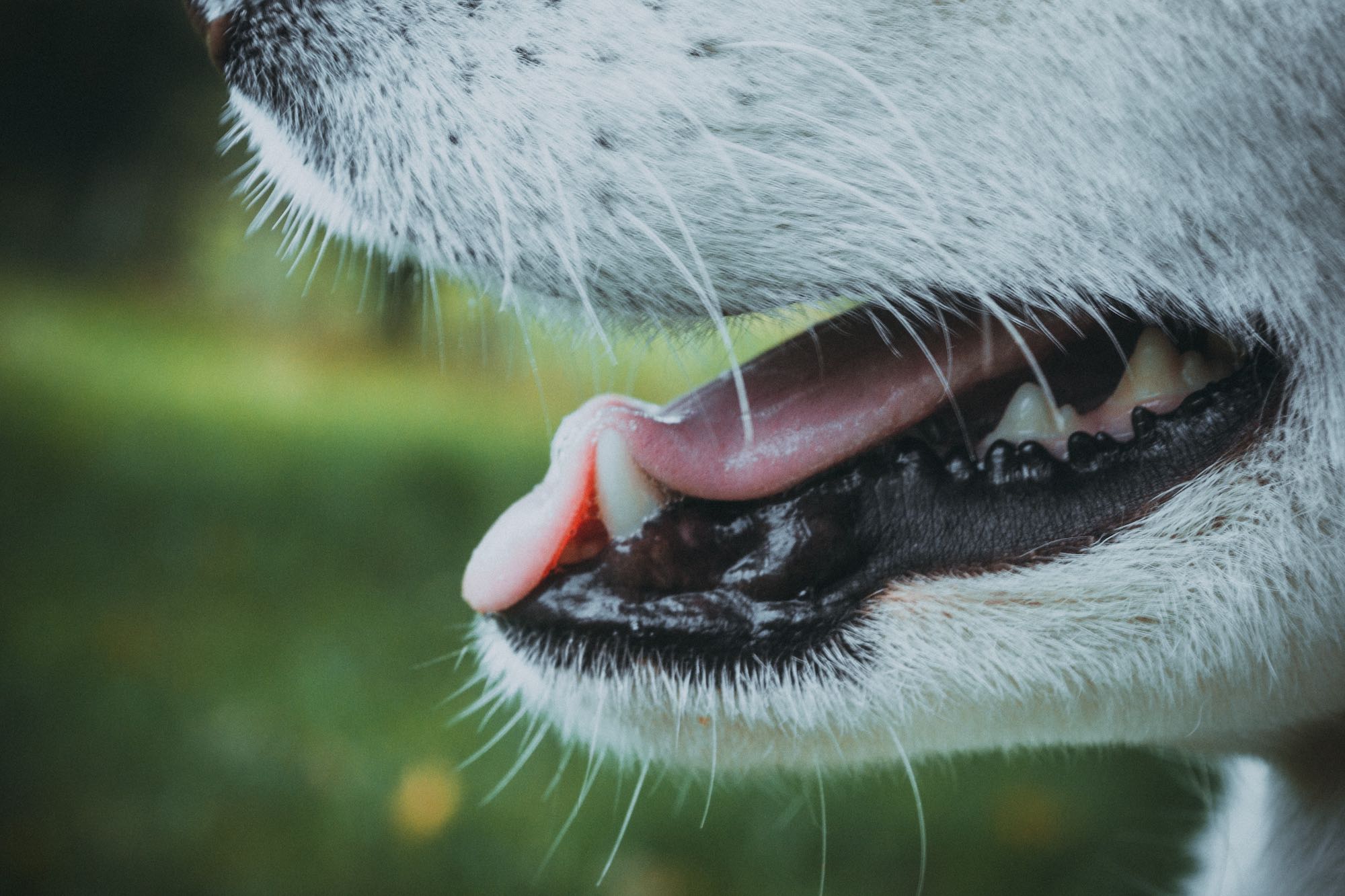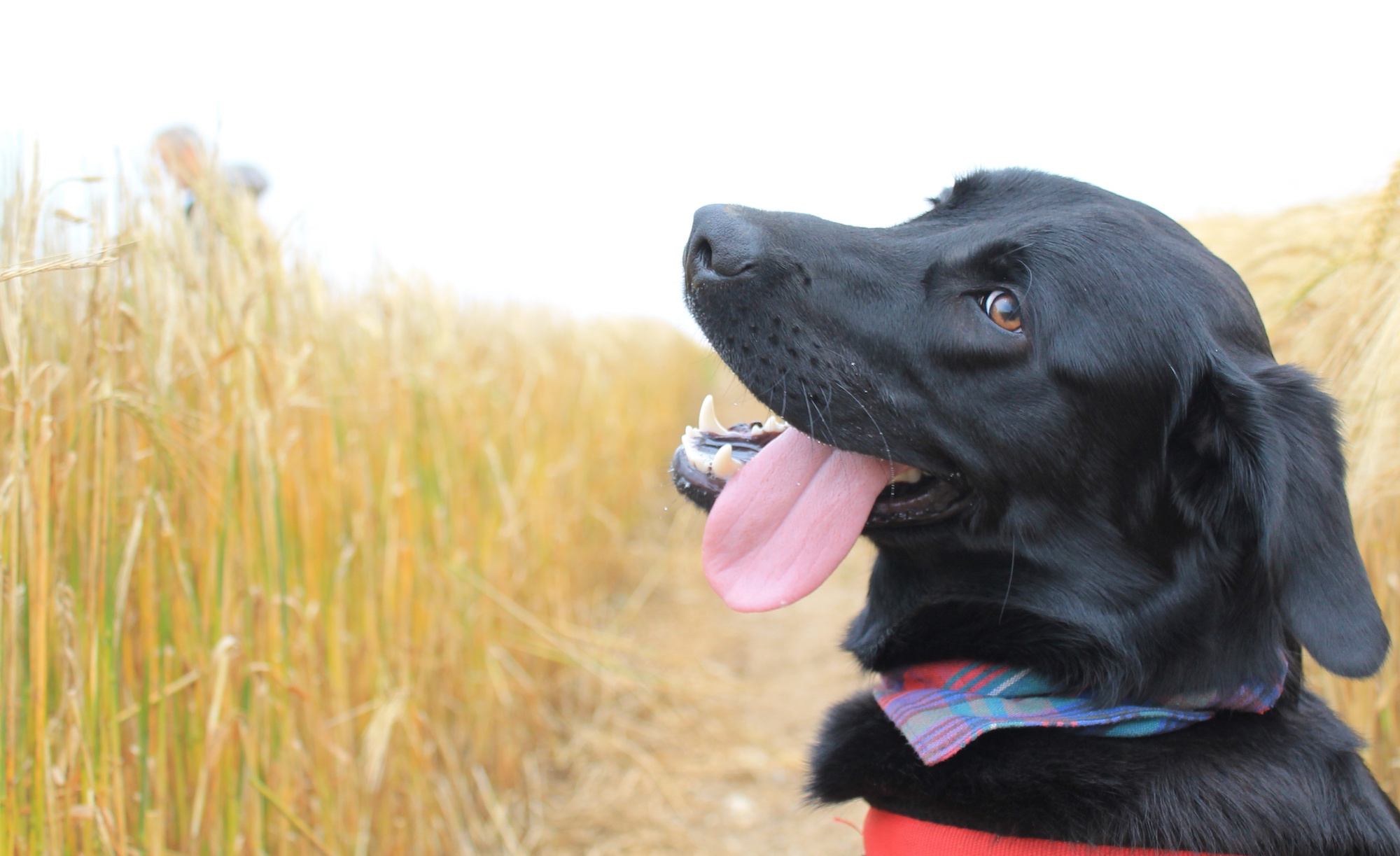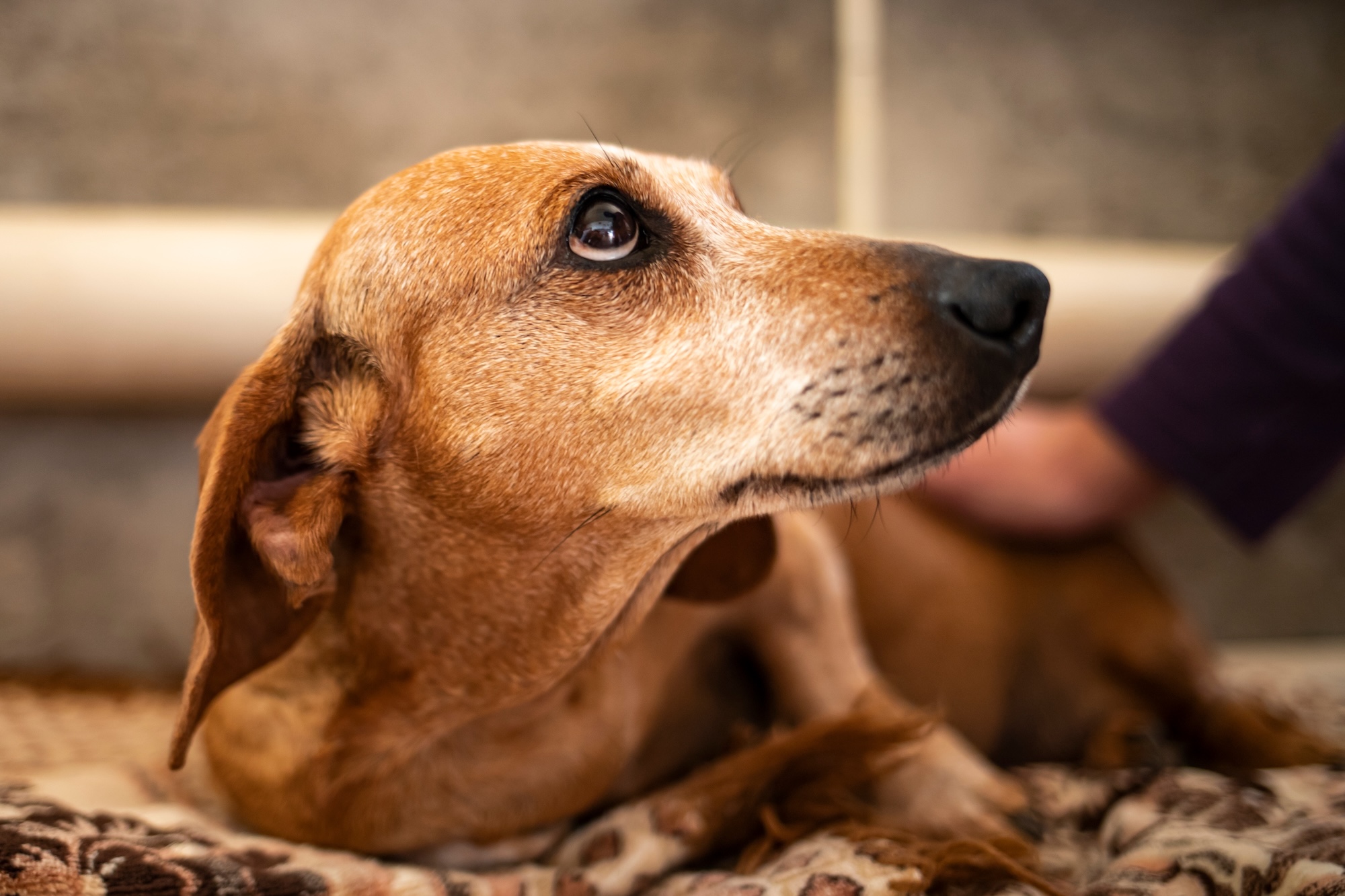That dermatological curse of teen humans—acne—can also strike dogs in the form of canine acne. And though pimples probably won’t ruin your pup’s prom photos or cause social anxiety at the dog park, canine acne can cause discomfort or develop into a more serious skin condition if untreated. The good news? Canine acne is both preventable and treatable.
Here’s what you need to know about acne in dogs.
What is dog acne?
Canine acne is not too different from the human version. It’s a condition in which the skin on a dog’s muzzle and lips becomes inflamed. This can take the form of red bumps or pimples, and may also lead to swelling of the whole area. Acne can include folliculitis (inflammation of hair follicles) and furunculosis (which can bring painful infections, which may break and emit pus).
Which dogs develop acne?
Found in dogs of all ages and breeds, canine acne is nonetheless more common in young animals, notably puppies aged 3 to 12 months. Dogs with short coats are more prone than shaggier breeds—boxers, Rottweilers, bulldogs, Great Danes, and Doberman pinschers are among the most predisposed breeds. And it generally afflicts the dog’s muzzle, around the nose and mouth.
Canine acne occurs when a hair follicle is irritated, as when a hair breaks and then grows under the skin surface. The follicle, or the tiny gland from which a hair grows, becomes inflamed, which invites bacterial infection. Hormones, which play a role in human acne, have long been implicated in acne in dogs too. But recent research indicates this is likely not the case with canine acne.
The muzzle is the prime location for acne because this active area’s hair and skin are easily damaged when dogs eat, root around, or chew everything in sight (looking at you, puppies). A healthy follicle secretes an oily substance called sebum that escapes through the pore; a damaged follicle can get plugged up, and then sebum, pus, and/or skin cells accumulate and create a pimple. In an unfortunate self-supporting cycle, such inflammation both causes and is caused by bacterial infection. Young dogs secrete more sebum while their bodies are growing, increasing their risk of canine acne.

Is this a zit? How to diagnose dog acne
You’ll likely recognize canine acne when you see it. Check the muzzle for bumps on the skin, often accompanied by redness or internal white buildup. These pimples may be singular or, often, in clusters. If your dog has long fur, you might have to look more closely than with a short-haired pup. Check also within folds and wrinkles, especially with breeds like pugs and bulldogs whose undulating skin requires cleaning in the crevices. Though uncommon, other areas of the body can harbor canine acne, so keep an eye out beyond the snout. If you’re in doubt, a vet can generally ID canine acne by sight. Your veterinarian will be able to rule out other, more serious, issues that may look like acne, like demodectic mange, or ringworm.
Left untreated, canine acne can develop into more stubborn, and often more noticeable, skin conditions. Infection with Staphylococcus bacteria can lead to pyoderma, which can take the form of pimples or hives (though it very often manifests in scaling). Your vet can diagnose it with a swab test and treat with antibacterial shampoo or spray.
A yeast infection, caused by the fungus Malassezia, is more common near ears and lower body, but may mimic or complicate an outbreak of canine acne. A vet can also help ID and tackle a yeast infection.
Stop the Pop! Canine acne treatment
Fortunes have been made on the fact that no outright cure exists for acne. But canine acne is a treatable fact of life. Treatment rule number one is obvious yet often difficult to follow: Do not squeeze, prod, or pop your dog’s pimples. Popping further traumatizes the skin and follicle, which can delay resolution and cause lasting damage such as scarring. Instead, your vet will recommend a topical medicine you apply to the skin as a gel or soap.
Be sure to consult your vet before starting any treatment and only use products made for dogs as human potions and lotions can cause adverse reactions.
Active ingredient benzoyl peroxide, common in human acne treatments, kills bacteria, decreases secretions, and helps flush out follicles. Improvement can occur within days. Because benzoyl peroxide dries the skin, your vet might advise a lower dosage once healing is underway.
Advanced inflammation may respond better to a topical or oral steroid, and more serious infections, such as the aforementioned staph or yeast, often require a different, prescription medicine.
How to prevent dog acne
The key to preventing canine acne? Healthy skin that is inhospitable to acne. Start with clean skin and fur, or as close to cleanliness as possible with an active pup (on the other hand, steer clear of unnecessary or too-frequent bathing, which can dry out skin and coat). Keep food and water containers clean, as these come into contact with the acne-prone muzzle. Metal and ceramic are better dish choices than plastic, which can harbor bacteria in inevitable surface scratches. Discouraging your dog from rooting around with their muzzle, even if you can’t eliminate such innate behavior, can reduce the likelihood of abrasions and scratches that can promote acne. Also, better to snuffle around in a cleanish environment than, say, trash on the street. After any explorations, inspect for injuries and clean your dog’s snout.
Healthy skin is not just superficial, so address any holistic issues that affect the skin.
Prevent insect bites with flea and tick treatments, and see a vet or behaviorist if scratching or licking is excessive.
Allergies can trigger skin irritation that gives canine acne a foothold. Dogs with environmental allergies can react to a wide variety of substances found in the environment, including grasses, pollens, dust, mold, smoke, and more. Common signs of environmental allergies include itchy skin (called allergic dermatitis), hives, and hot spots (skin infections). Food allergies are common in dogs, and their symptoms can be similar to those of environmental allergies, including hives and irritated skin. Read more here about allergies and diet and speak to your vet about identifying and treating allergies.
A healthy diet that contains the right balance of nutrients in the form of fresh, whole food can promote good health in all areas, including the skin.




